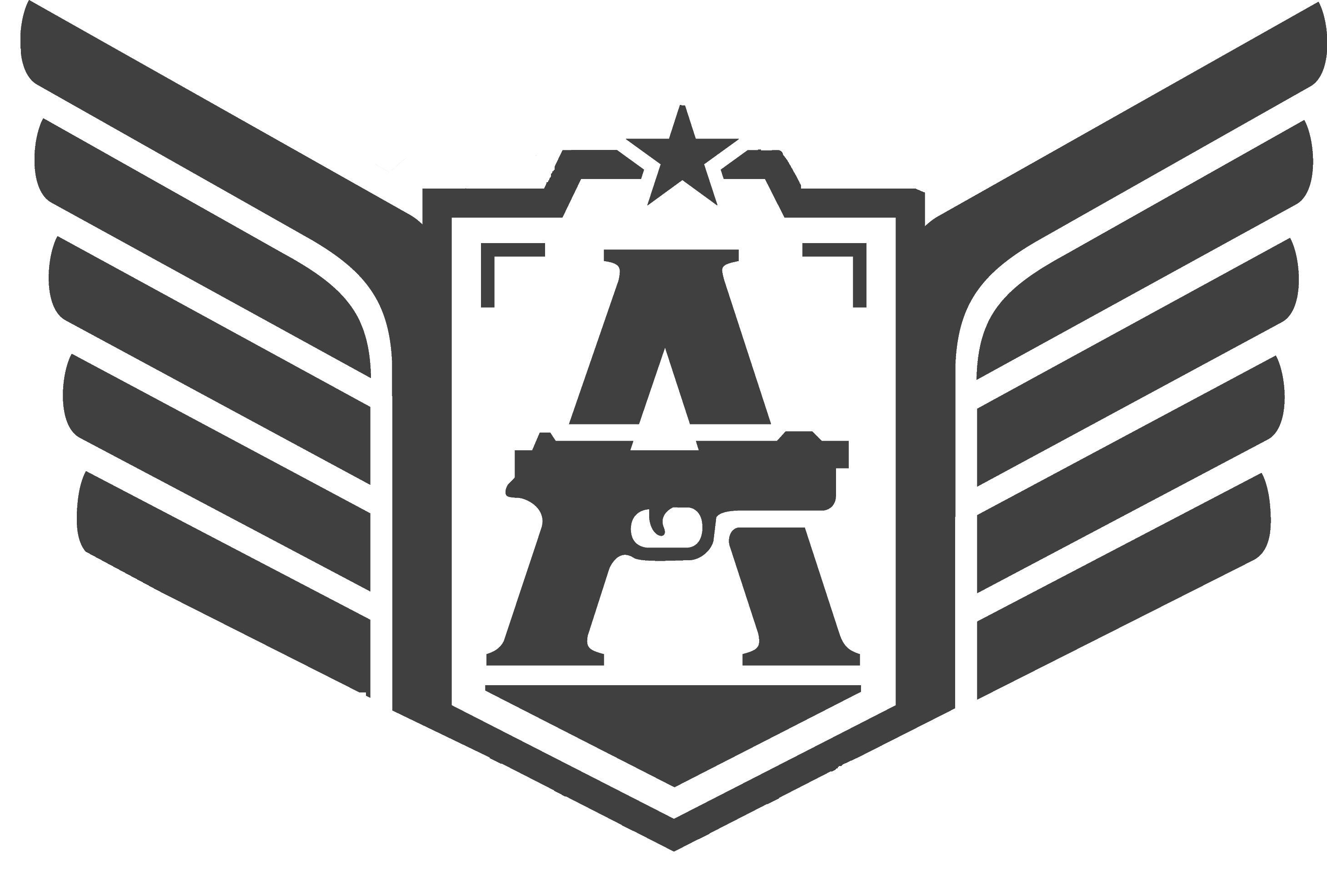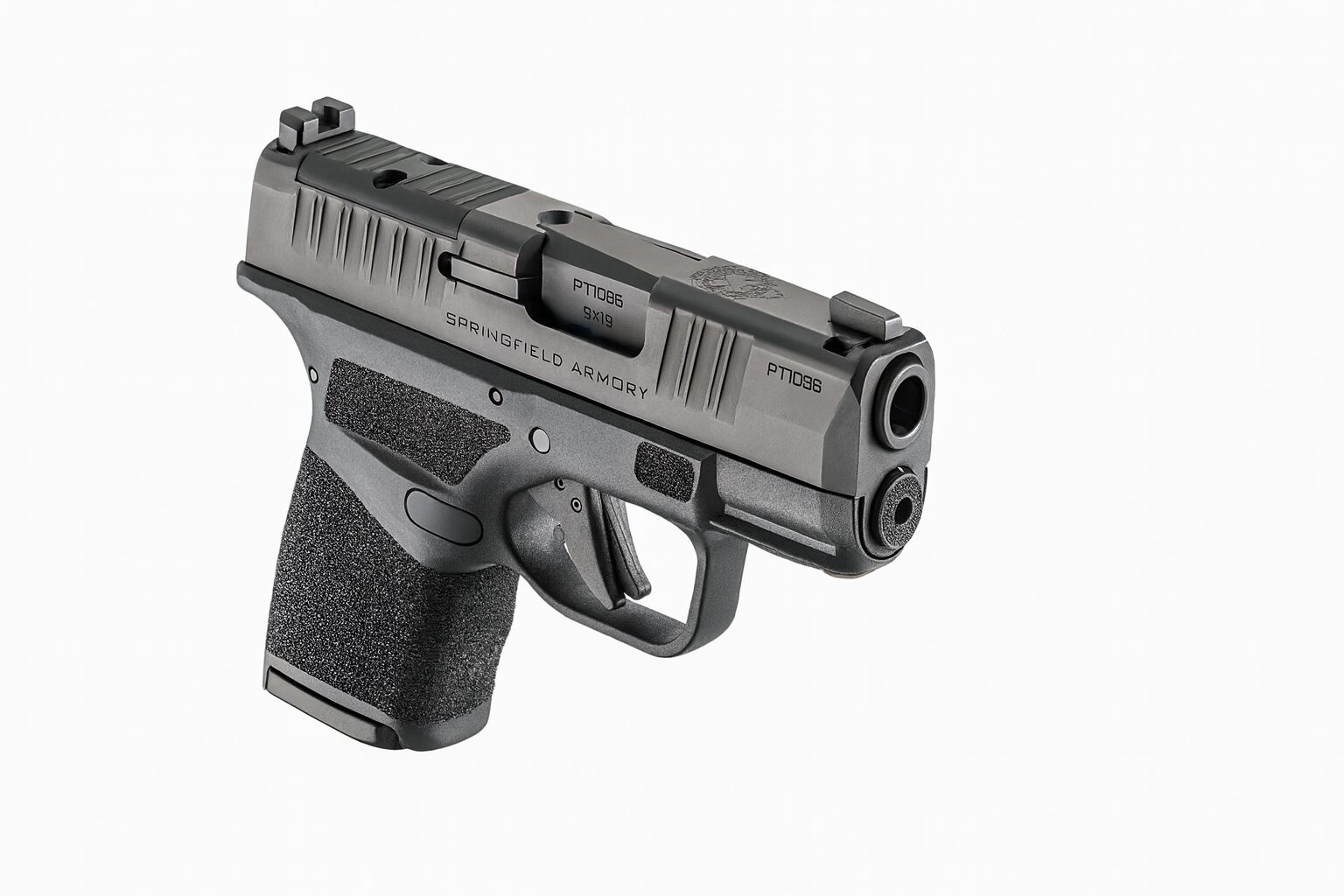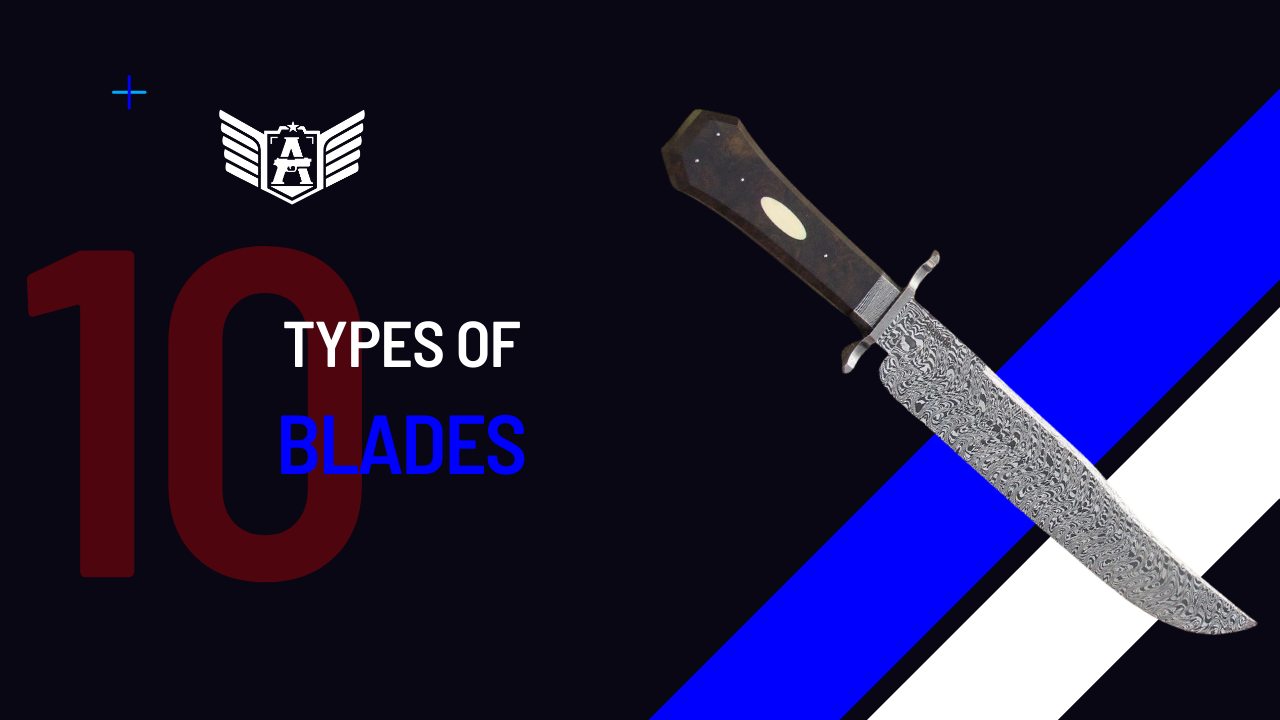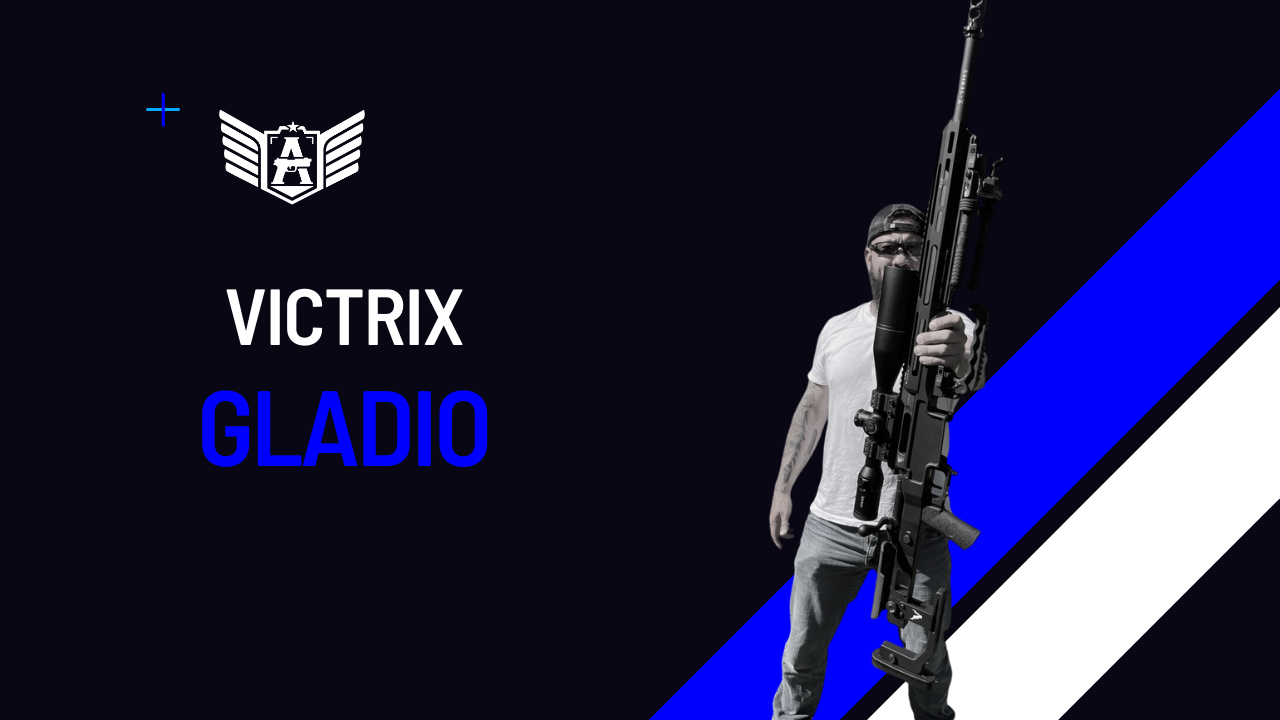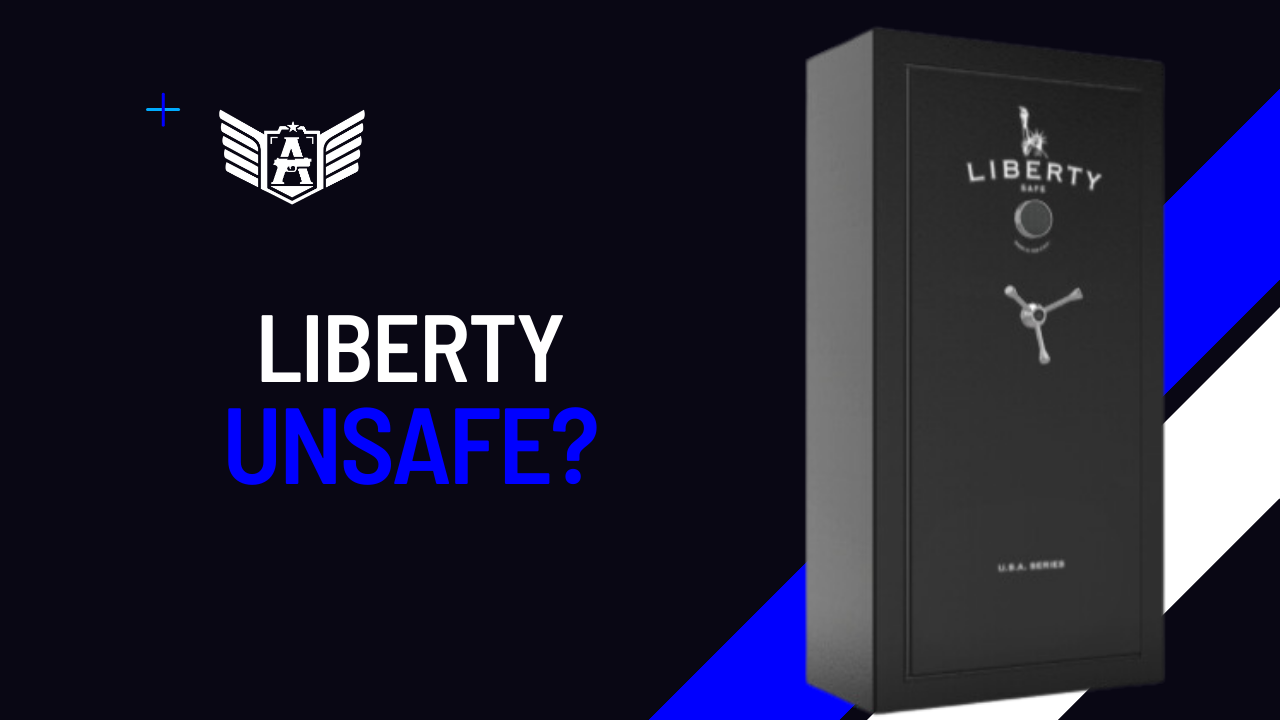If you want the short version: both pistols share the same Hellcat chassis — same slim grip, same optics-ready slide, and the same magazine geometry. The .380 is softer in recoil, but that single fact alone does not justify switching from 9mm. The only practical reason to choose .380 is political or market-driven: in jurisdictions where 9mm is restricted, .380 may be the only realistic centerfire available. Otherwise, if you can run 9mm, stick with 9mm.

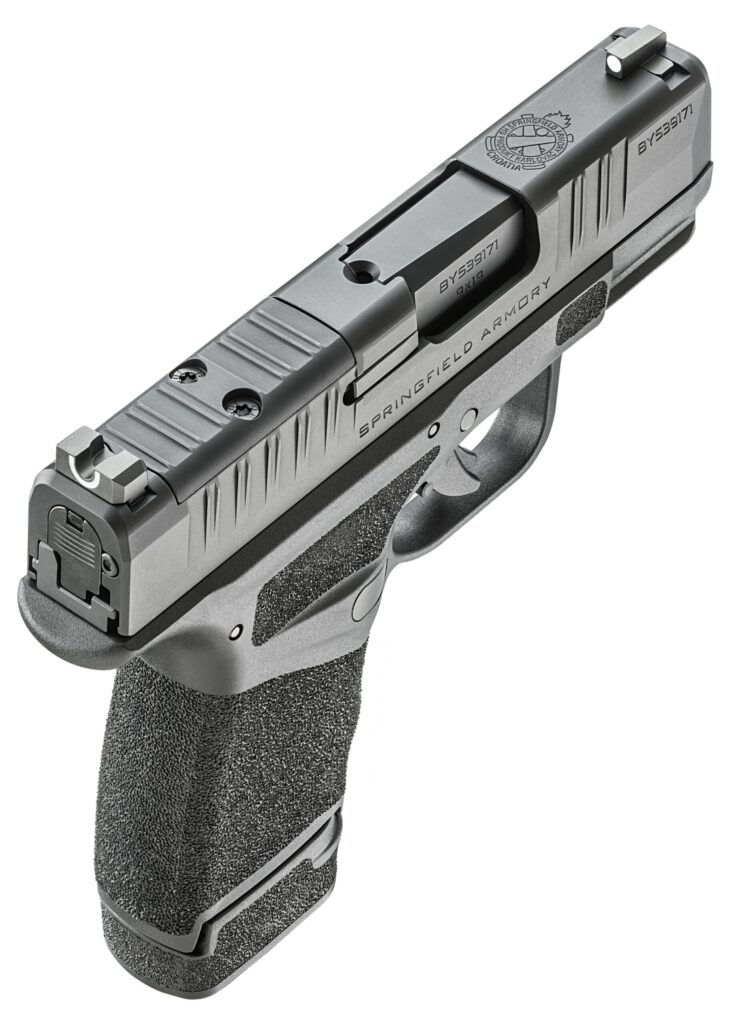
Platform fundamentals — what’s identical (why the two feel the same)
- Footprint and ergonomics: ~1″ grip width, 3″ hammer-forged barrel, optics-ready slide.
- Magazine geometry: 11-round flush / 13-round extended.
- Controls, manual of arms, holster fit and draw mechanics are shared across both chamberings. That familiarity is valuable: switching between them should feel intuitive.
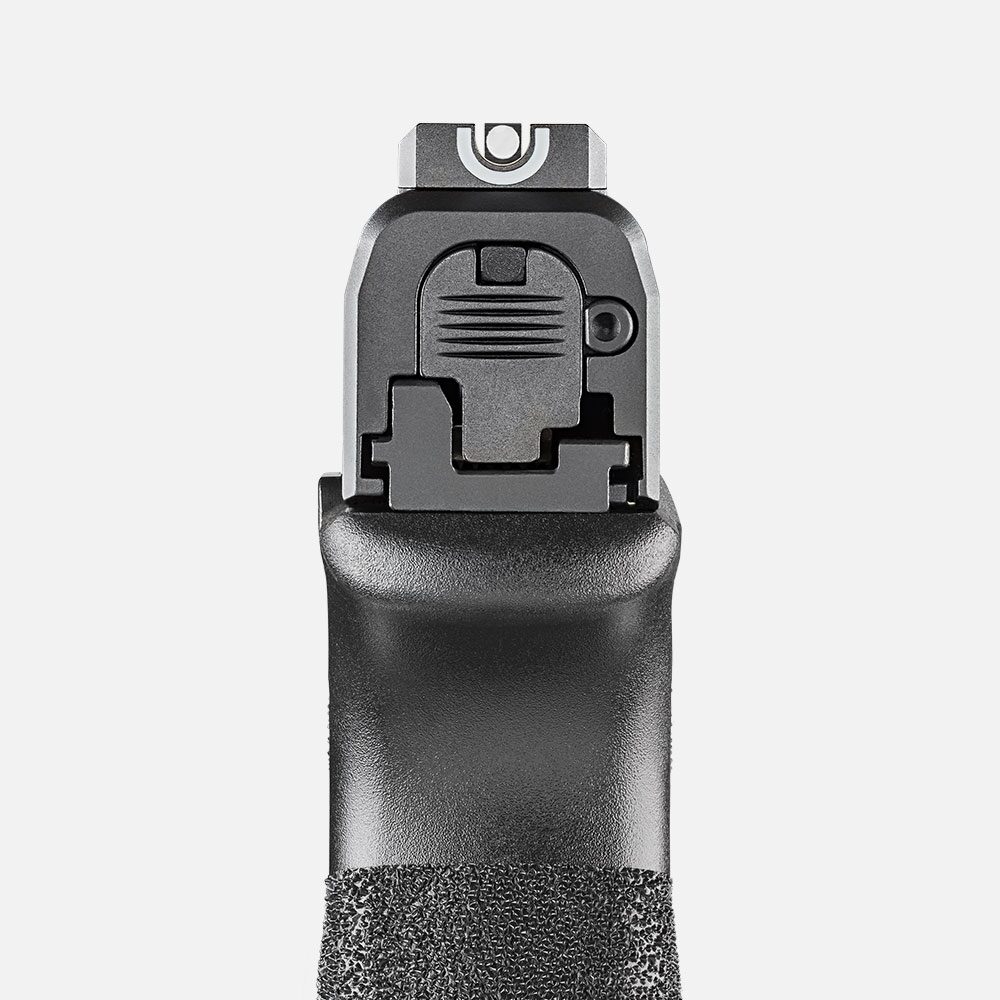
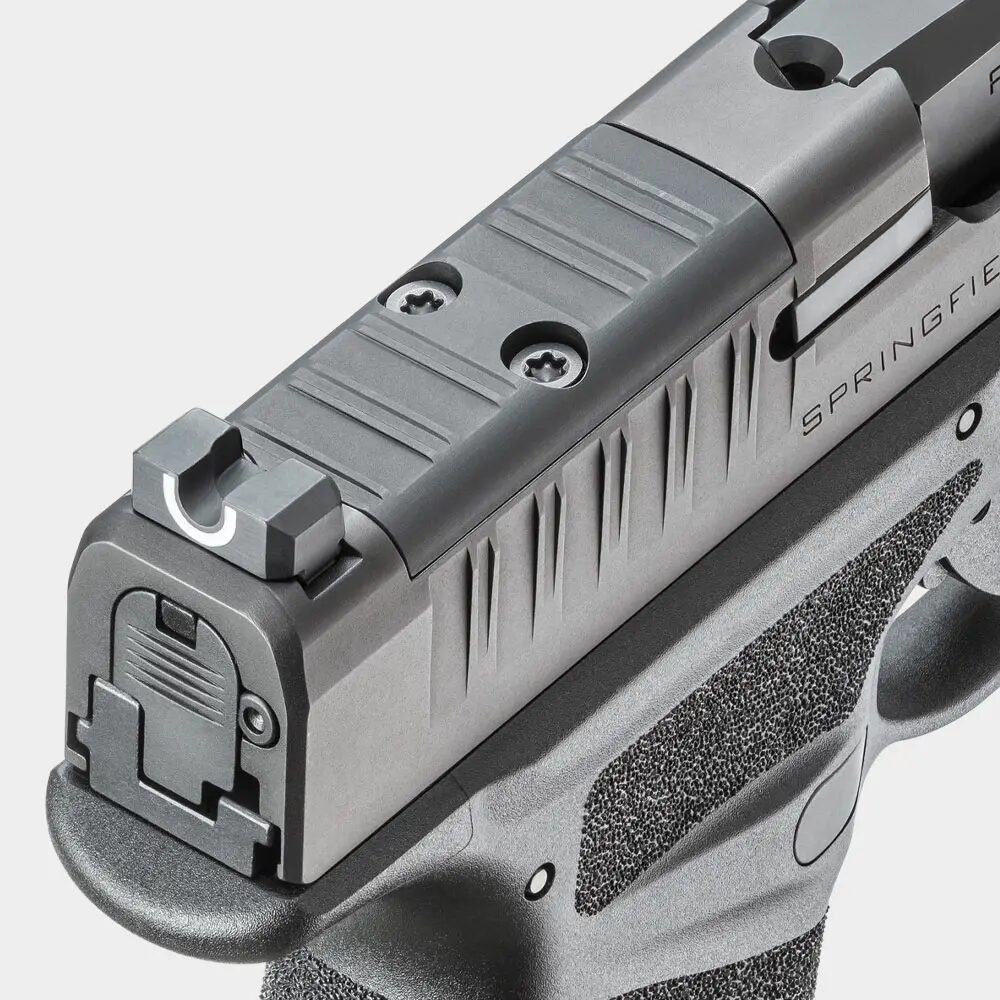
Quick specs (grouped)
Hellcat .380 (HC931380BOSP)
- Caliber: .380 ACP
- Barrel: 3″ hammer-forged, Melonite® finish, 1:10
- Frame: Black polymer w/ adaptive grip texture
- Sights: Tritium / luminescent front, U-Notch rear (options available)
- Recoil system: Dual captive recoil spring, full-length guide rod
- Grip width: 1″ — Mags: 11 / 13 — Weight empty: 16.1 oz (flush) — Length: 6″ — Height: 4″ (flush) — MSRP: $653
Hellcat 9mm (HC9319BOSP-UWD)
- Caliber: 9×19mm Luger
- Barrel: 3″ hammer-forged, Melonite® finish, 1:10
- Frame: Black polymer w/ adaptive grip texture
- Sights: Tritium / U-Notch, white-dot front / U-Dot rear options available
- Recoil system: Dual captive recoil spring, full-length guide rod
- Grip width: 1″ — Mags: 11 / 13 — Weight empty: 17.9 oz (flush) — Length: 6″ — Height: 4″ (flush) — MSRP: $599
Recoil, handling and practical performance
- Recoil: the .380 produces noticeably less felt recoil in the same Hellcat chassis. That makes it easier to practice for extended sessions and can reduce flinch for some shooters.
- 9mm in the Hellcat: snappier than the .380, yes — but the 9mm Hellcat is only marginally heavier (a couple of ounces). In practical terms the 9mm remains very shootable for trained anyone.
- Instructor note (your key takeaway): a milder recoil alone is not a good operational reason to switch from 9mm to .380 if both are available. If you have access to 9mm, 9mm is the default choice.
Speed and realistic split times
- From practical experience and controlled drills on a human silhouette at ~7 yards, shooters using the Hellcat 9mm can produce splits in the 0.2–0.3 s range when fundamentals are in place. That’s realistic and repeatable for competent shooters.
- We don’t yet have long-term instrumented split data for the Hellcat .380, but because the chassis and ergonomics are the same, I don’t expect meaningful differences at that performance level. Softer recoil on the .380 can help sustain speed for some shooters, but it’s not a game-changer for split times.
Sights, optics and sighting philosophy (applies to both)
- Factory sighting options: Tritium front + U-Notch rear is a reliable low-light, fast-acquisition setup and is available for these models. White-dot front / U-Dot rears and three-dot sets are also common.
- Optics: both Hellcats are OSP (optics-ready). Mounting a micro reflex is the fastest route to consistent sight acquisition across lighting conditions — if your mission is speed, run a red dot. If you prefer iron sights for simplicity or concealment reasons, choose a Tritium/U-Notch combo for low-light capability.
What Melonite® actually is — short technical explanation
Melonite® is a ferritic nitrocarburizing surface treatment (a diffusion process). Practically it:
- hardens the steel surface,
- improves wear resistance,
- increases corrosion resistance, and
- reduces friction compared to untreated steel.
It’s not a coating that flakes off; it changes the steel’s surface chemistry to improve longevity and reliability — that’s why manufacturers use it on barrels and slides.
Carry, ammo, and political reality — practical notes
- Concealment: both models share the same footprint — you will not gain meaningful concealability by changing caliber.
- Weight: the 9mm Hellcat loses only very slightly in carry comfort compared to the .380 — the difference is small for most users.
- Ammo availability & cost: 9mm has many more load options and is cheaper per round. Defensive .380 loads exist and perform acceptably at typical defensive distances, but variety is smaller.
- Political/market reality: in some places 9mm may be restricted or effectively unavailable; here a .380 can be the only accessible option. That’s a political/market reason to carry .380 — not a ballistic or operational advantage. Given access to both, you expressed (rightly) that you see no operational reason to switch to .380.
Instructor’s final, plain guidance
- If you can run 9mm, stay with 9mm. It’s the practical default: slight extra weight, manageable in the Hellcat chassis, and far broader ammunition choice.
- Choose .380 only when political/market realities force it, or for a specific, unavoidable reason (medical, severe recoil sensitivity) that cannot be addressed through training, ammo selection, or ergonomics. Recoil comfort alone is not a sufficient reason to downgrade caliber in this platform.
